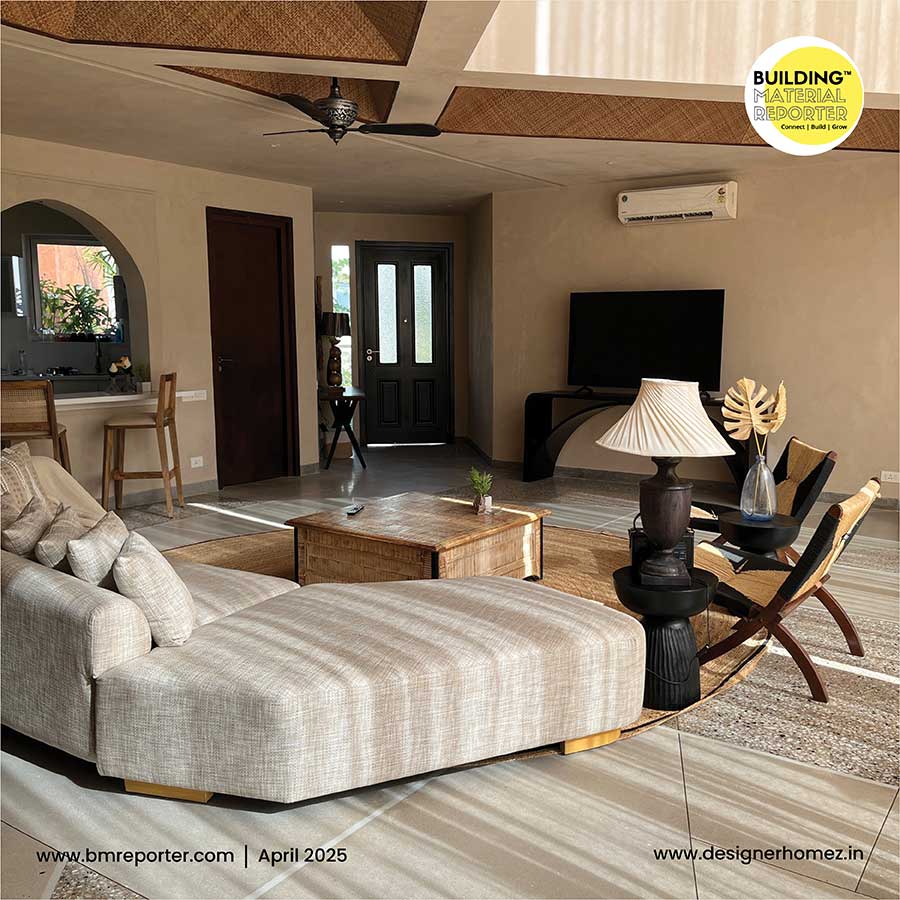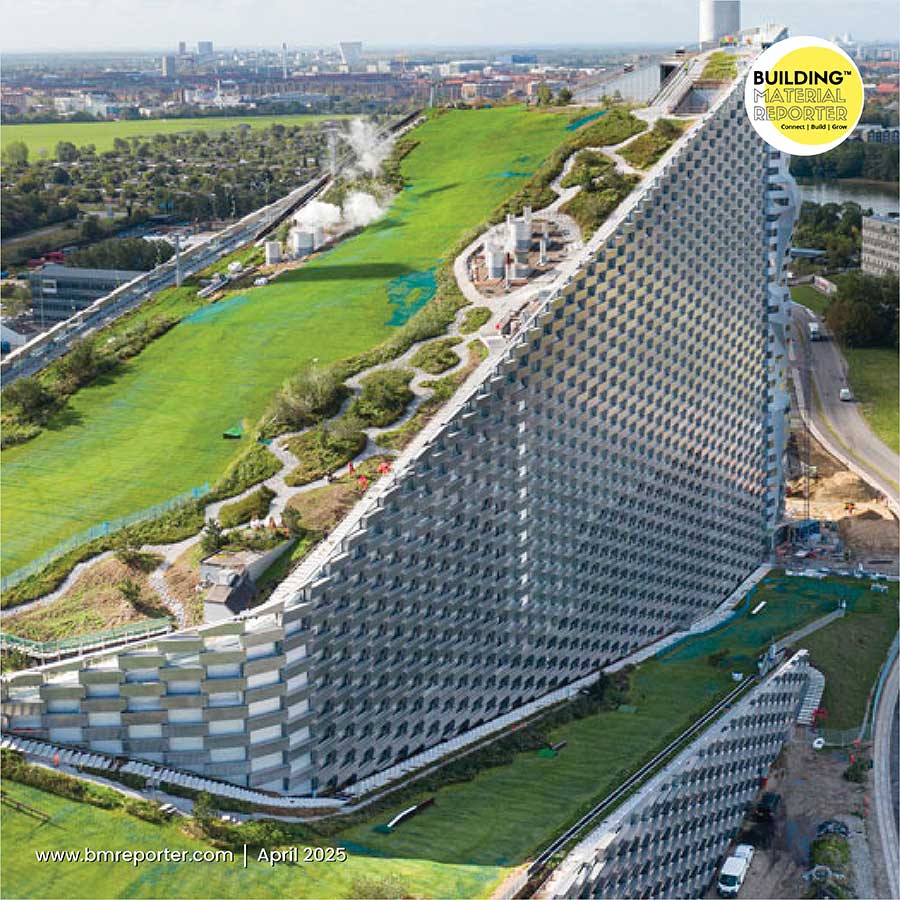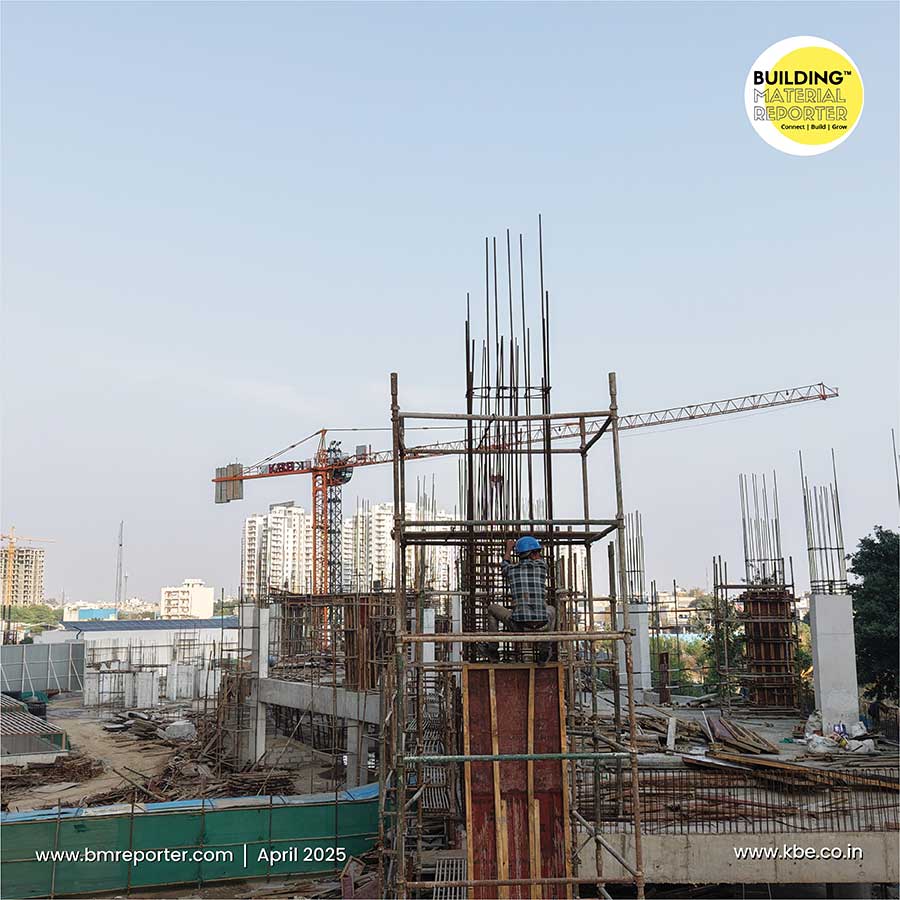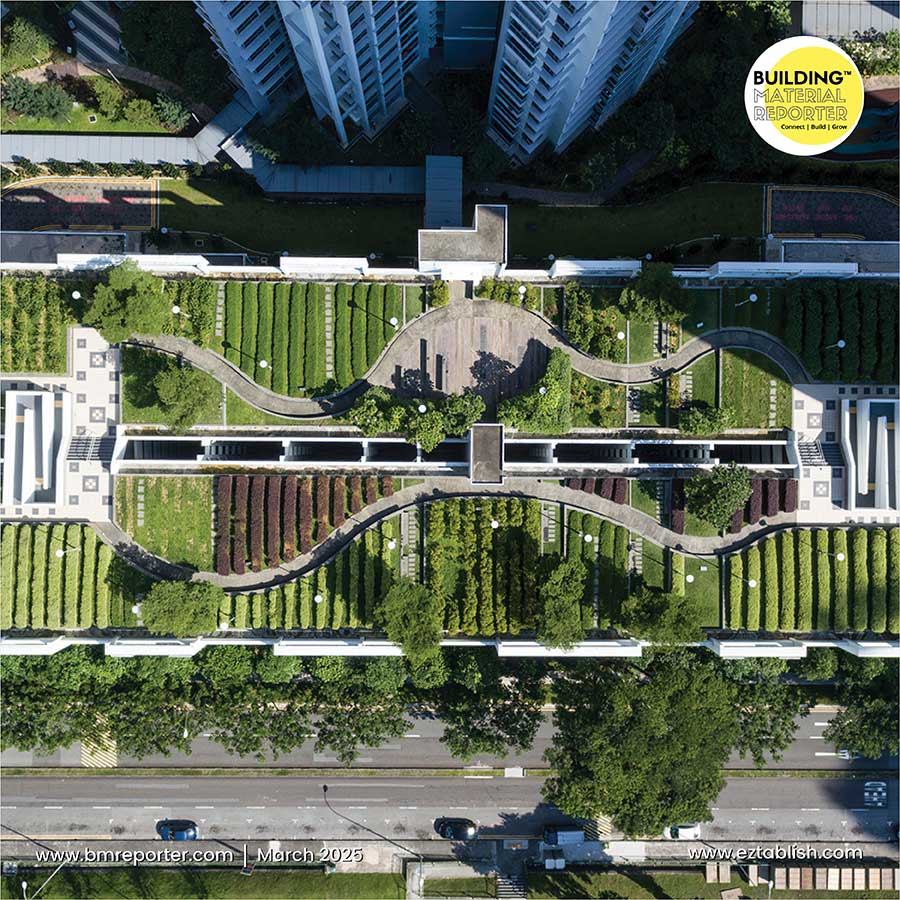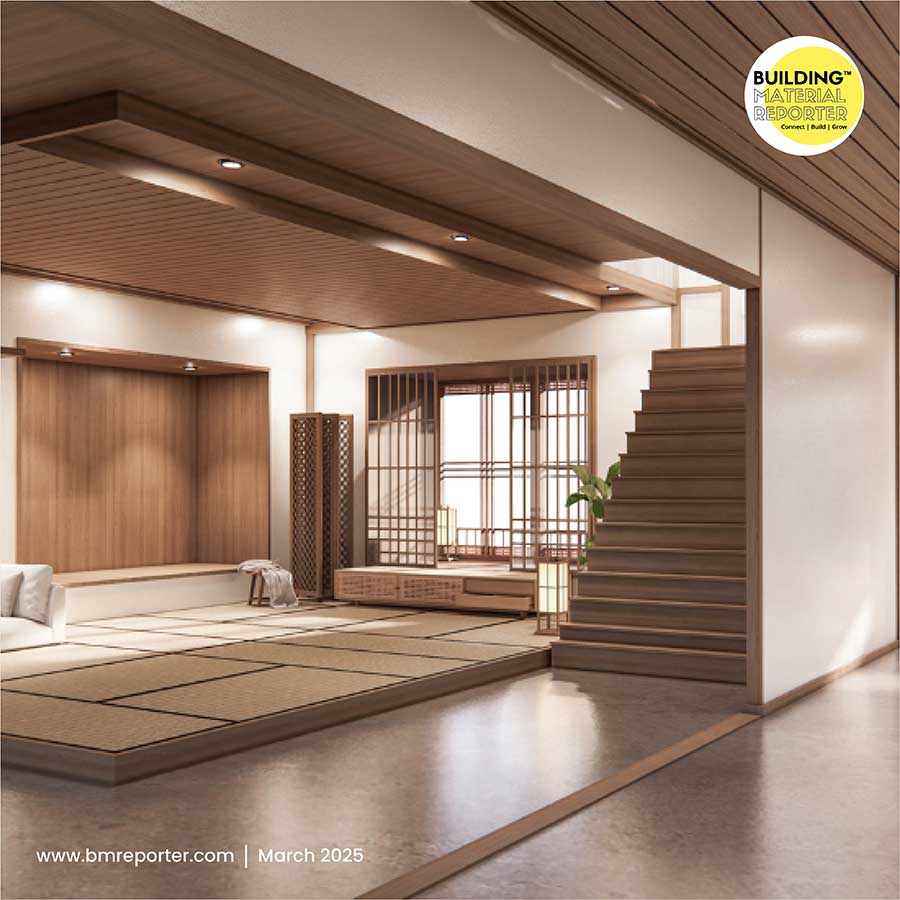Combining Tradition with Contemporary Design: Explore The Fusion at SDCA North East
- November 6, 2024
- By: Yukti Kasera
- INFLUENCERS
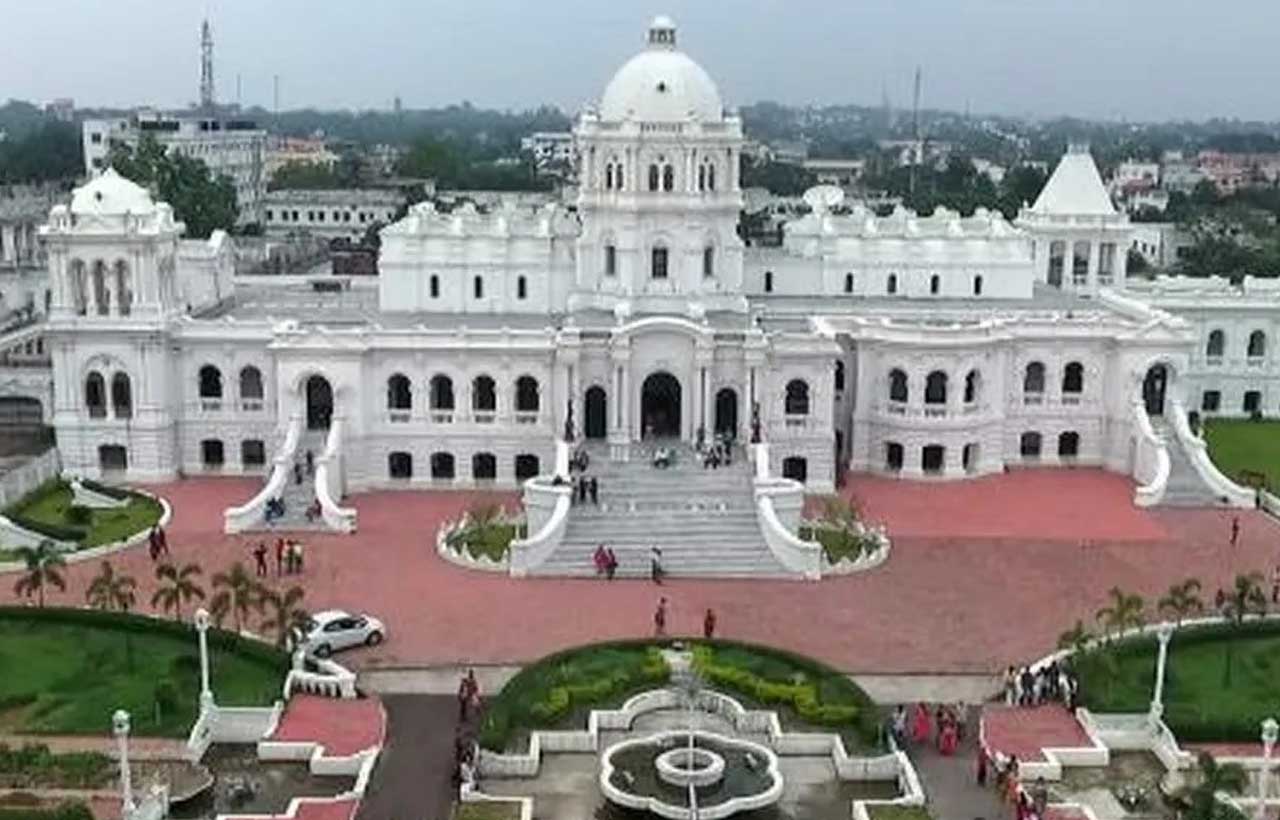 The unexplored North Eastern part of India contributes greatly to the cultural heritage of the country. Apart from the mesmerising landscapes and beautiful scenic beauty, there are man made structures as well which are a perfect symphony of heritage and vernacular beauty. The place is a paradise of indigenous tribes and civilisations which have authentic taste and preferences. This region of India has so much to offer- exciting experiences and unconventional architectural designs. This article by Building Material Reporter shares some amazing insights on the beauty of North East Architecture and the sustainable living they practised.
The unexplored North Eastern part of India contributes greatly to the cultural heritage of the country. Apart from the mesmerising landscapes and beautiful scenic beauty, there are man made structures as well which are a perfect symphony of heritage and vernacular beauty. The place is a paradise of indigenous tribes and civilisations which have authentic taste and preferences. This region of India has so much to offer- exciting experiences and unconventional architectural designs. This article by Building Material Reporter shares some amazing insights on the beauty of North East Architecture and the sustainable living they practised.
Introduction to North East Architecture
The majestic architecture of the North East represents the region’s cultural and historic roots. From the largest Talatal Ghar in Assam to the carved monasteries of Arunachal Pradesh, everything’s unique on its own. The structures have cultural significance and magnificent design styles which portray distinct features and vernacular materials. Because of the climatic conditions, topography, locally available materials and workmanship, the architecture has seen a lot of changes. Kamakhya Temple, Buddhist Rock Architecture, Tawang Monastery are some of the sites which are heart throbs.
Origins and Historical Context: North East Architecture has evolved a lot through ages. As it shares international boundaries with China, Myanmar, Bangladesh and Bhutan, there are a lot of influences seen in the architectural style as well. The North Eastern part of India acts as the transitional area- just like a connection of these with the rest of India. If we check out the historical influences, then all the major sights had been designed keeping in mind the materials and geographical context.
Stone Structures of the North East
Stone Structures, also known as the Megalithic Architectural structures, are of prominent significance in North East India. Assam from North East India still has some erect megalithic structures. These stone structures are also spread over Arunachal Pradesh, Nagaland, Manipur, Mizoram, Assam and KarbiAnglong. It is also evident in the Meghalaya region.
Notable Monuments and Temples: The Unakoti Hill Temples of Tripura has rock cut images of Hindu pantheons which are said to be dated back between 7th to 9th centuries. The Jaintia Hills also has the Megalithic culture with erect structures, monoliths and dolmens.
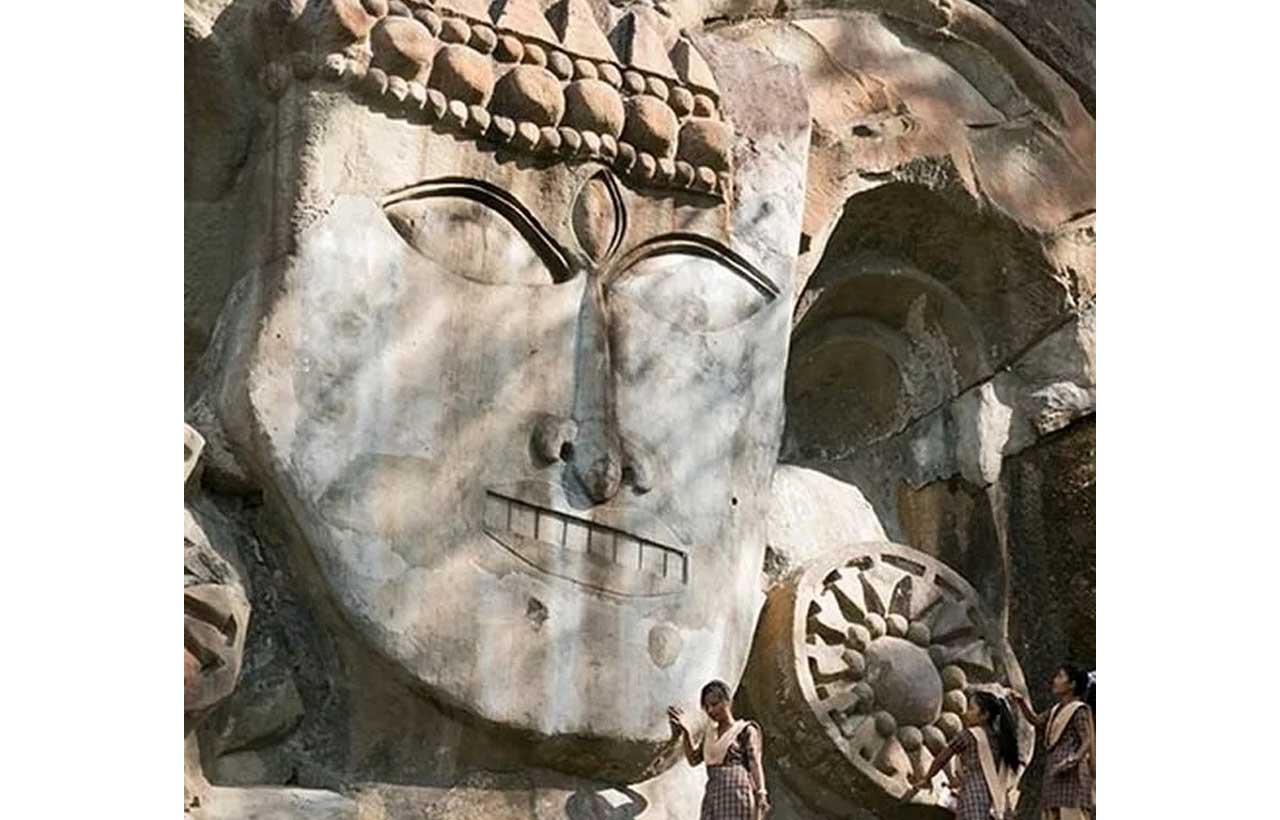
Wooden Architecture in North East India
Most of the materials used in the construction of architectural marvels were sourced locally and wood was one of them. Timber was used as the main source of construction which was used in combination with traditional bamboo beauty, stones and hatch. Wooden flooring, wooden slopes, wooden structures were commonly seen in the architecture of North East and some of them are still there.
Traditional Homes and Tribal Designs: The traditional homes, landscape design and tribal designs of the architecture were mostly there due to the climatic conditions and weather check. Chang houses were constructed above the ground and were mostly made of bamboo and timber. Traditional houses in the North Eastern region were also constructed to withstand the disasters like earthquake, floods etc.
Influence of Nature on Architecture
With a rich treasure of materials, North East India has its own vernacular architecture. The inhabitants had built themselves with the locally available materials using traditional methods. The buildings here are time tested, sustainable and sensitive to the micro climatic conditions. Most of the architectural materials and practices were derived from nature and which people are now claiming to be ‘sustainable’ or ‘Eco-friendly’. Architectural typologies have shown materials like bamboo, cane, cane leaves, mud, and lime.
Integration of Natural Elements: A lot of natural elements were seen in the construction process of buildings with stones, bamboo, timber and mud being the common ones. These materials, which the modern architects are now using as ‘eco-friendly’ materials for luxury living as well, were then used for creating designs that are a source of inspiration today. Gradually with urban concepts, architects of the region still thought of integrating these natural elements in the construction designs, making it a testament of natural beauty.
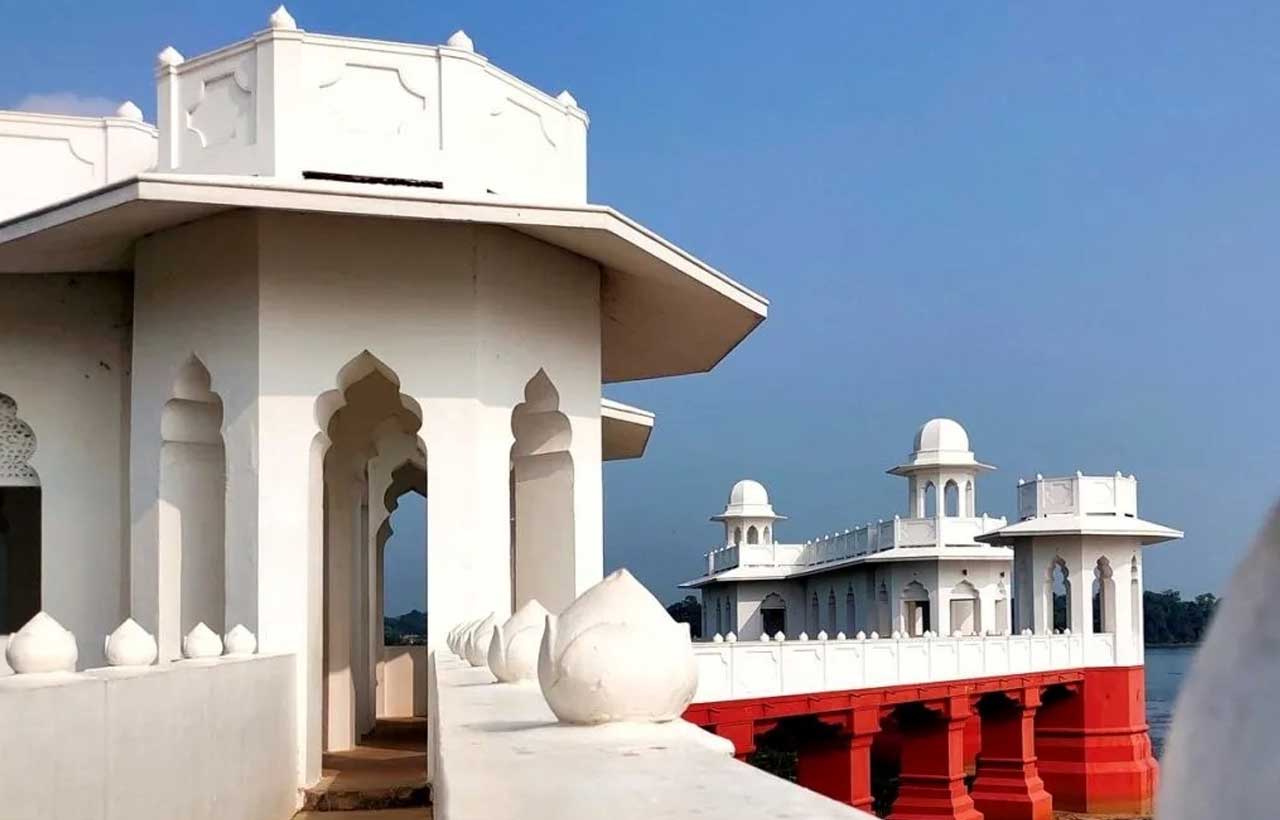
Preservation Efforts and Challenges
The North Eastern zone of India falls under the seismic zones. Earlier due to natural calamities and disasters, there have been a lot of disruptions in the architectural world. But now with technological advancements, a lot of preservation efforts have been incorporated to protect the old structures as well as the new ones. Moreover, heavy rainfall in these areas are also the reasons why the old structures now need to be restored.
Maintaining Heritage Sites: The best way to maintain any heritage site is to renovate and rebuild. To nurture them, it is important to keep their aesthetics intact with functional ideas. The Directorate of Archaeology is playing a very important role in preserving these heritage sites that showcases the rich culture of the region. Some UNESCO world heritage sites like- Kaziranga National Park, Manas National Park, Charaideo Moidams etc. are places to be cherished.
Architectural Innovations and Modern Adaptations
It's important to make the building retain its heritage essence and character. By incorporating sustainable initiatives and embracing the technology, heritage buildings can withstand for generations to come. The adaptive reuse of the buildings can cater to economic, cultural and social advantages. They are now being converted to smart buildings as well with LED lighting and designer architectural surfaces.
Combining Tradition with Contemporary Design: The best way to achieve the blend of traditional as well as contemporary design and modern aesthetics is the perfect usage of materials. Using old materials with a contemporary twist can help to culminate the traditional and contemporary designs together. For example, recently at Architecture, a Mumbai based firm, created a contemporary design structure by using bamboo as the base material for a craft fair at Surajkund. This can create an amalgamation of traditional and modern ethics.
Cultural Significance of Stone and Wood
The ethnic groups of North East used stone and wood as the major material for constructing buildings. The Soloman’s Temple in Mizoram is made up of white marble stone whereas the Pemayangtse Monastery has a lot of intricate wooden carved work. The cultural representation of ethics on these architectural designs signify the fact that stone and wood has been an important part of the designing process.
Stories and Traditions Behind the Materials: The main traditional narration behind the materials is their availability as they were locally available abundantly. The stone architectural surfaces and megalithic structures along with the natural timber bridges make it evident that these materials have been pioneers in developing the architectural plethora. Marble, tiles and stones are seen even now in the construction sites of Guwahati & North East, especially in the Hindu Temple sites.
Prominent Architects and Their Works
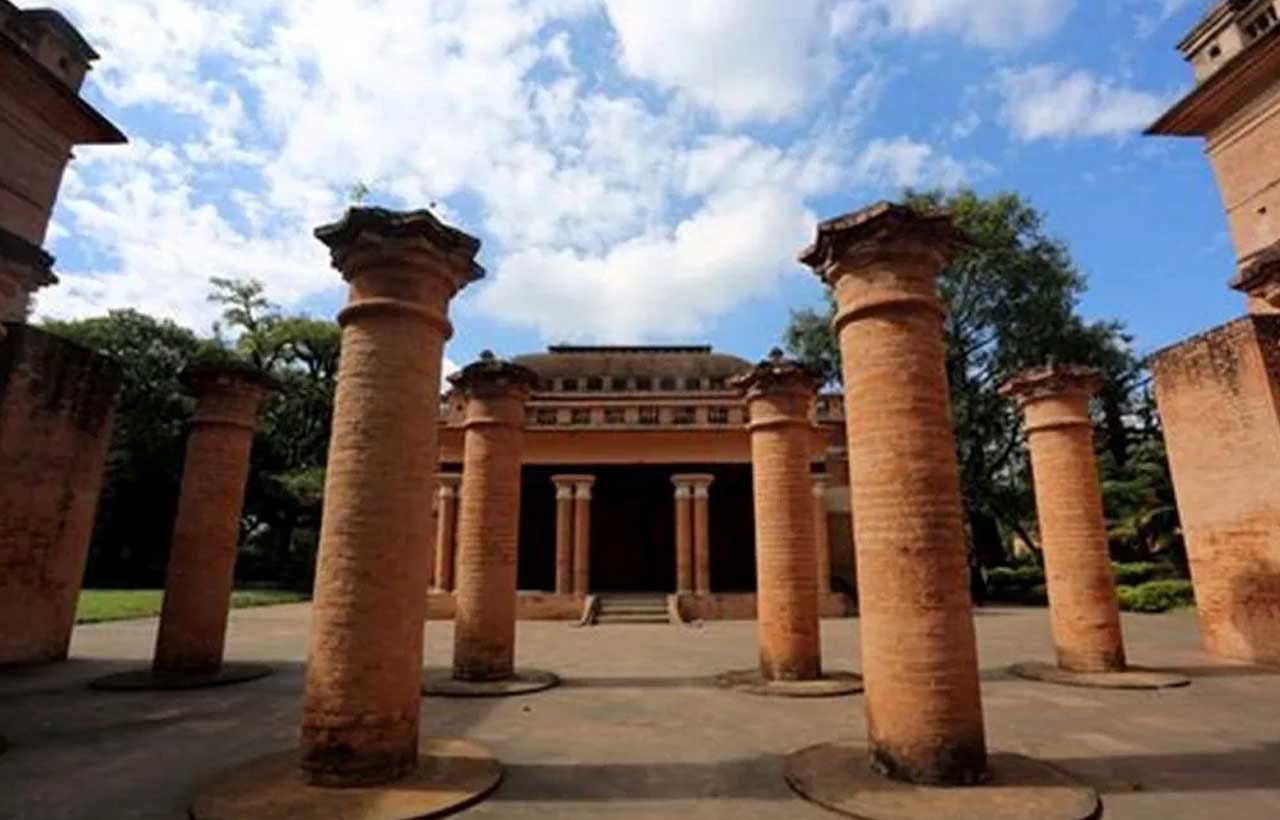 There are a lot of prominent architects from the North Eastern region of India who have done wonders in the field. Talking about the people from the historic period, there have been contributions which are still evident. Buddha Park of Ravangla, Sikkim; Neermahal, Tripura; Kachari Ruins, Nagaland etc. are some of the best architectural destinations which revives the past glory. From the modern era, the architects have been curating designs which are eco-friendly yet contemporary in style.
There are a lot of prominent architects from the North Eastern region of India who have done wonders in the field. Talking about the people from the historic period, there have been contributions which are still evident. Buddha Park of Ravangla, Sikkim; Neermahal, Tripura; Kachari Ruins, Nagaland etc. are some of the best architectural destinations which revives the past glory. From the modern era, the architects have been curating designs which are eco-friendly yet contemporary in style.
Key Figures in North East Architecture: It is said that the Kachari Kings from the North East region had a strong inclination towards art, culture and designs. Moreover British influences is also seen in the designs like Ujjayanta Palace at Agartala led by the English Engineer Mr. Martin created a perfect blend of Mughal and Victorian style.
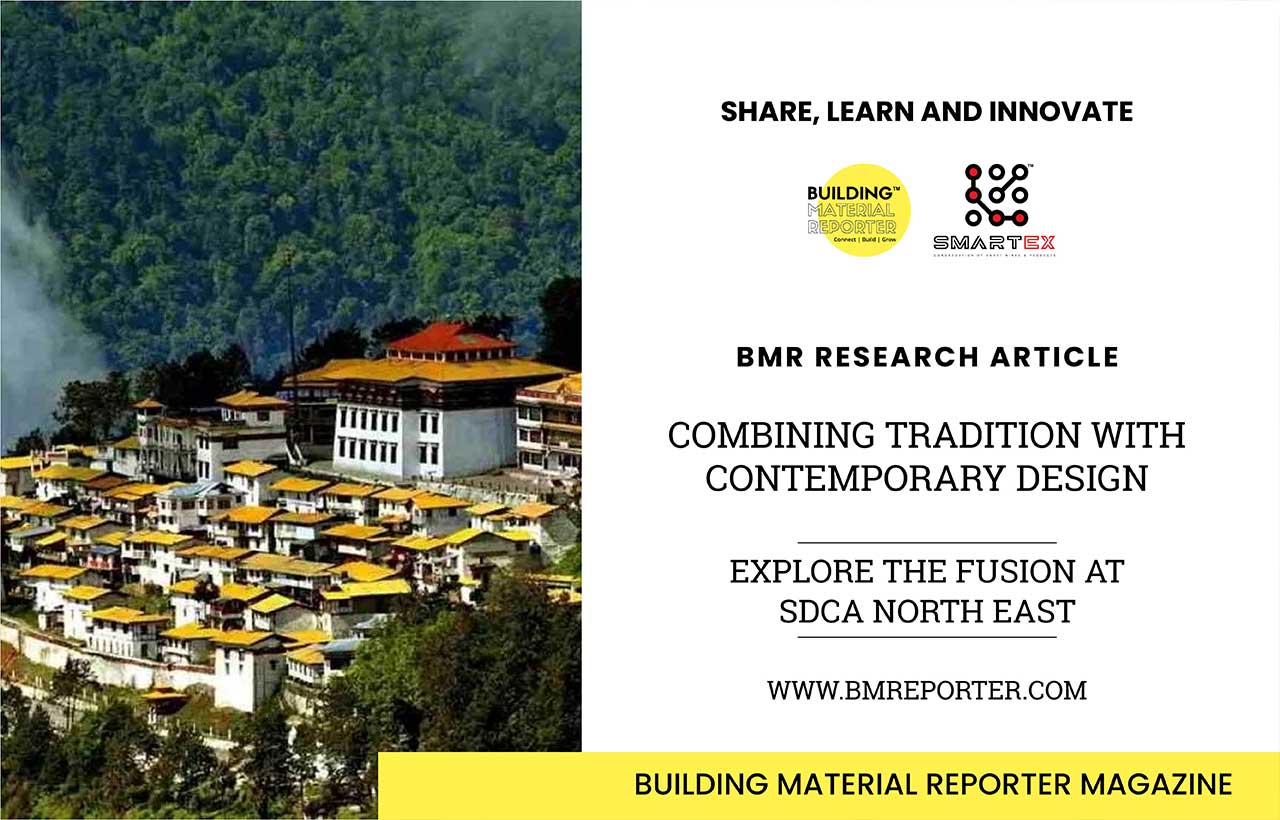 Stay updated on the latest news and insights in home decor, design, architecture, and construction materials with Building Material Reporter.
Stay updated on the latest news and insights in home decor, design, architecture, and construction materials with Building Material Reporter.
Frequently Asked Questions (FAQs)
What are the key characteristics of North East architecture in stone and wood?
The key characteristics of North East Architecture in stone & wood can be seen in the building designs, intricate carvings and interiors as these were the most prominent locally sourced materials available.
How is the cultural heritage of the North East preserved in modern architecture?
With the help of technological advancements and departments like The Directorate of Archaeology, the cultural heritage of the North East has been preserved in modern architecture significantly and with full maintenance.
What are some notable examples of stone and wood architecture in the North East?
Some notable examples of stone and wood architecture in the NorthEast are The Soloman’s Temple, Mizoram is made of white marble stone; Pemayangtse Monastery, Sikkim has wooden works; and The Unakoti Hill Temples of Tripura has rock and stone works.


